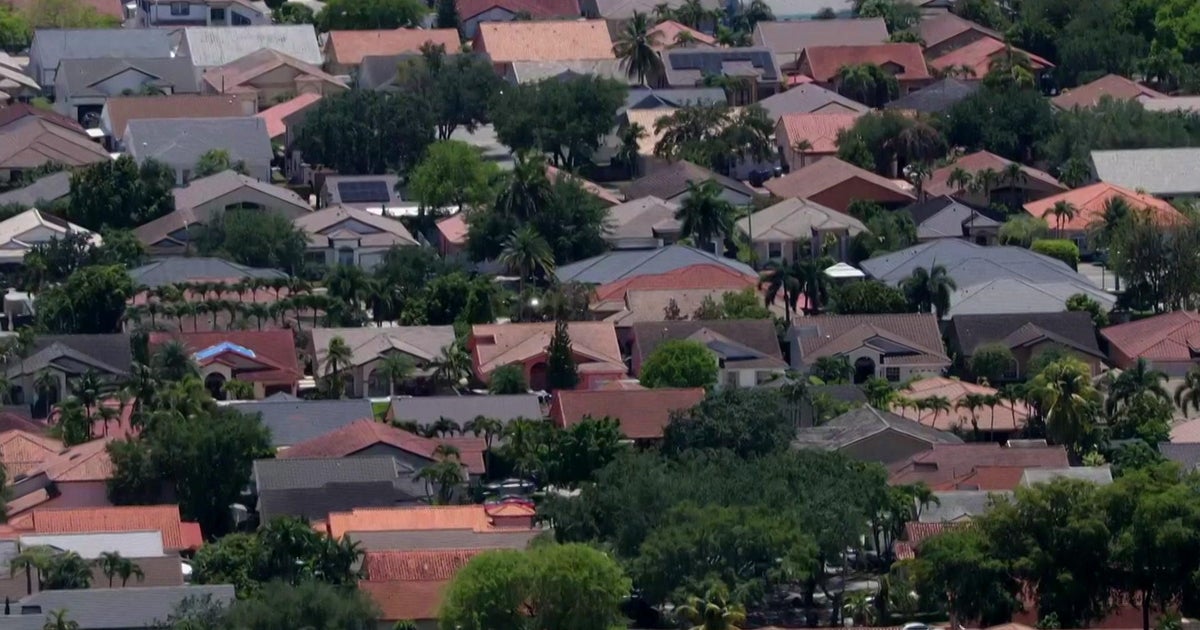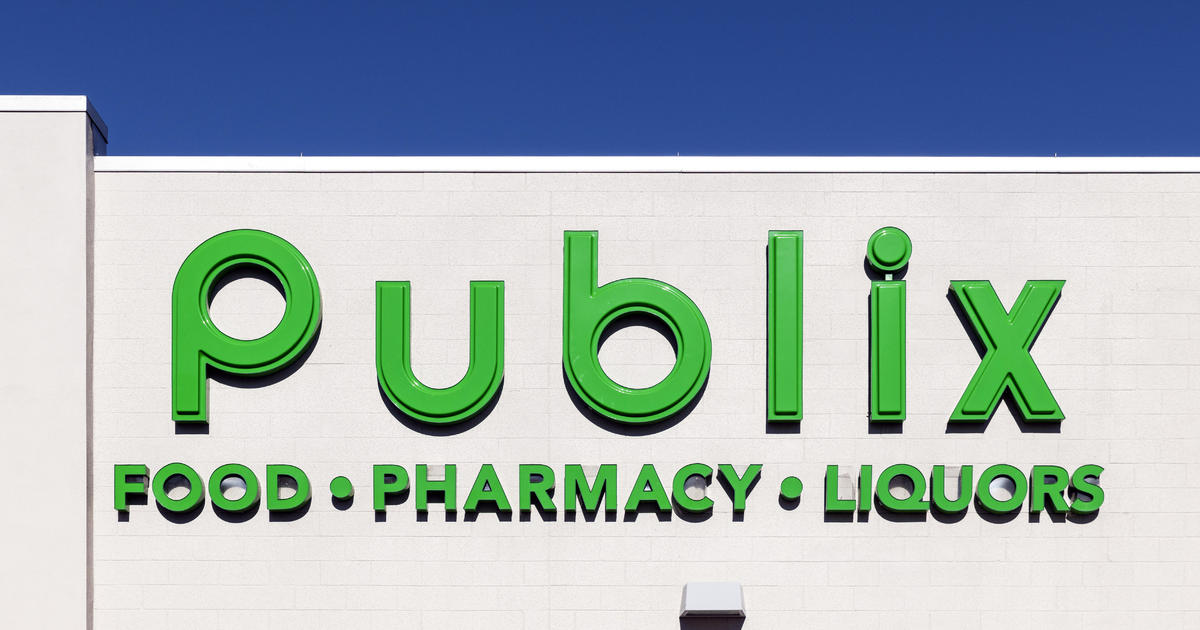'No Fake Math,' Raytheon Math Heroes Make Numbers Real For Students
This article is supplied by Raytheon
Math teachers wielding lollipops and PlayDoh props, configuring 60,000 pennies in a parking lot and channeling Beyonce's 'Single Ladies' are among the "Math Heroes" that Raytheon rewards with grants each year.
Nominated by their students, classroom parents, and school administrators, each year's winners use creative lessons to make math real for their students.
Middle school teacher Michelle Sigle sings her way through difficult algebraic concepts to the delight of her students at Lowery Freshman Center in Allen, Texas. Ms. Sigle works with her daughter to produce music videos under the YouTube alias "MathJamz."
"My first big song, 'Same, Same Base' explores exponent rules and was inspired by the Black Eyed Peas," Sigle said. "My second song, `Radio Heart' was inspired by Gym Class Heroes and Adam Levine and covers the concept of slope -- and two forms of linear equations!"
Laura McConnaughey of Thomas Jefferson High School for Science and Technology in Alexandria, Va. said she, too, works hard to make numbers relatable to youngsters.
"Make it real -- no fake math," she said.
The Math Heroes each receive $2,500 grants from Raytheon, along with a matching grant for their school. The company plans to announce the 2014 winners later this fall.
The Math Hero Award is part of Raytheon's broader MathMovesU initiative, which aims to inspire the next generation of scientists, technologists, engineers and mathematicians. The program includes museum exhibits like MathAlive!, the national MATHCOUNTS® competition, robotics clubs and model rocketry tournaments.
Teacher support is key to all of these efforts, which is why Raytheon is interested in rewarding educators who go the extra mile to get students excited.
One Math Hero, Diana Liberto of Aberdeen, Md., uses unusual props to help her students remember information: lollipops to explain the chain rule, a key formula in calculus; PlayDoh for explaining volume and M&Ms for a lesson on exponential growth and decay.
Scott Keltner relies on visual, artistic representations of math concepts to share his passion for math with his students at Eudora High School in Eudora, Kan.
To hammer home how to calculate the compounded growth rate of $300 over five years in a savings account yielding 3.5 percent, Mr. Keltner employed the Sierpinski Triangle to make the point – arranging 60,000 pennies in the pattern in the school's parking lot.
Student nominations, like one for middle school teacher Sean Ashburner of Niantic, Conn., highlight the impact Raytheon Math Heroes have in the classroom.
"We think Mr. Ashburner is the best teacher we've ever had, and he makes math fun," his students wrote. "Most teachers just hand out worksheets but Mr. Ashburner has us playing Math Jeopardy, measuring shadows and making Geo Domes … he connects with the students and makes learning a blast."
More Eye On Education




